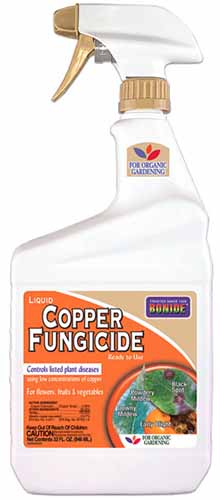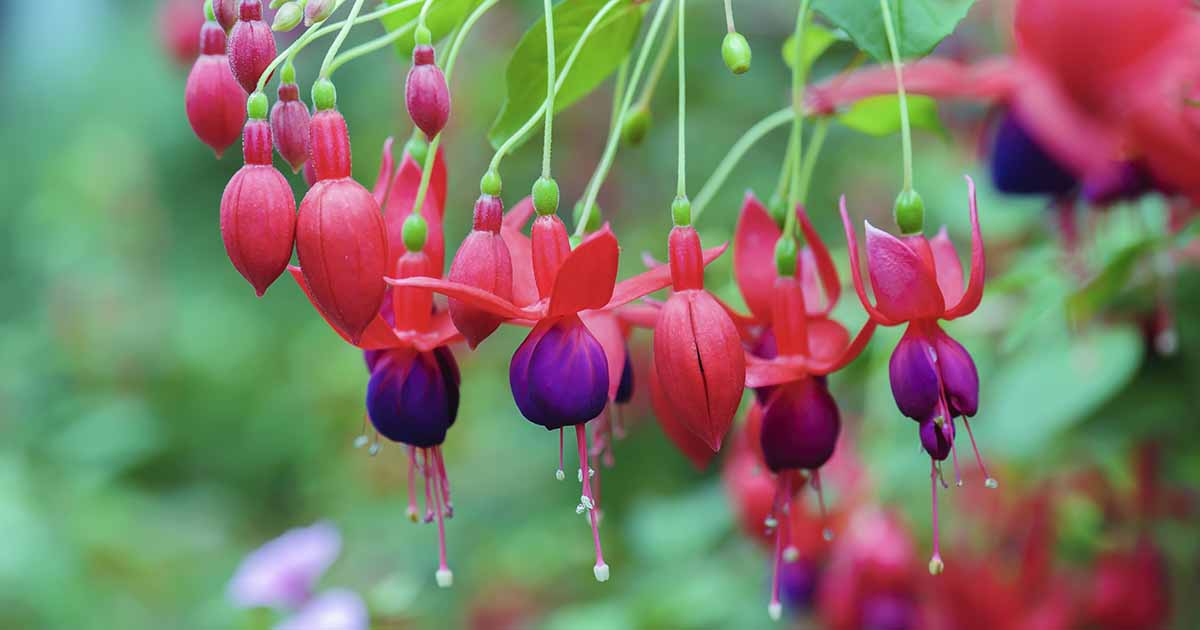
When they’re in bloom, fuchsias can be so floriferous that you might forget the plants even have leaves.
But there they are, humbly photosynthesizing and enabling your fuchsia to produce more and more of the blossoms we love.
That is, unless they start dropping from the stems like it’s raining leaves.

We link to vendors to help you find relevant products. If you buy from one of our links, we may earn a commission.
Fuchsias drop their leaves readily when pests, disease, or environmental problems stress the plants.
So not only will the dropping leaves mar the appearance of your fuchsia, but it’s a warning that something is wrong.
Your job is to figure out what the issue is and fix it so your plant can get back to doing what it does best: blooming!
That’s where this guide comes in. We’ll help you narrow down the cause of why your fuchsia is dropping leaves and set it right.
Here’s what we’ll cover:
Keeping your fuchsia healthy and happy and staying on top of pest and disease issues will go a long way to preventing problems like leaf drop.
If you need to refresh your knowledge about how to grow fuchsias, check out our guide.
Sometimes leaf drop is preceded by wilting foliage. If you recognize the problem and act right away, you can sometimes solve the issue before the leaves start dropping.
If your fuchsia is wilting, visit our guide to learn about the common causes and how to resolve them.
1. Heat
There are over 100 species of fuchsia growing natively across South and Central America, and the Caribbean.
They grow in a range of climates, from those that experience regular freezes to those that stay hot and humid.
But most of the species and hybrids commonly grown as ornamentals can’t tolerate extreme heat.
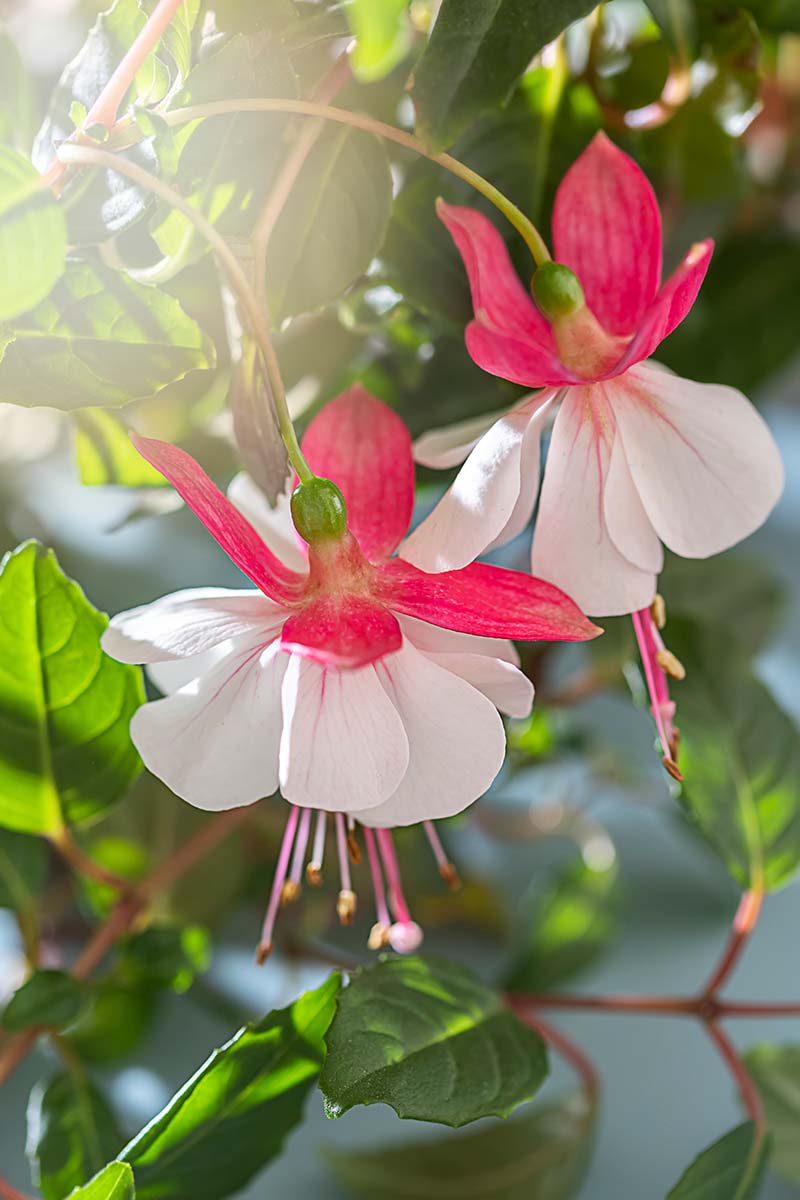
Once the temperature climbs above about 85°F, most of these plants start to suffer.
A brief period of heat isn’t so bad, and the plants usually bounce right back. In the case of prolonged hot periods, you might need to provide some support.
Assuming you’re growing your fuchsia in containers, you can usually move them to a shadier area of the garden or indoors during a heatwave. But if you can’t move them, providing extra moisture and misting the plants can help.
If you have a long hot spell, it’s entirely possible that your fuchsia will start dropping foliage. The leaves usually won’t turn brown or yellow before falling, though they can.
There are some hybrids that are a bit more tolerant to heat.
‘Angel’s Earrings,’ ‘Checkerboard,’ ‘Dollar Princess,’ ‘First Love,’ ‘Jingle Bells,’ ‘Mary,’ ‘Pink Fairy,’ ‘Tom Thumb,’ and ‘White Wonder’ are all good options if you experience frequent heatwaves.
2. Overwatering
It’s hard to nail the perfect watering routine. Fuchsias are particular about moisture needs, and it doesn’t take much to over- or underwater them.
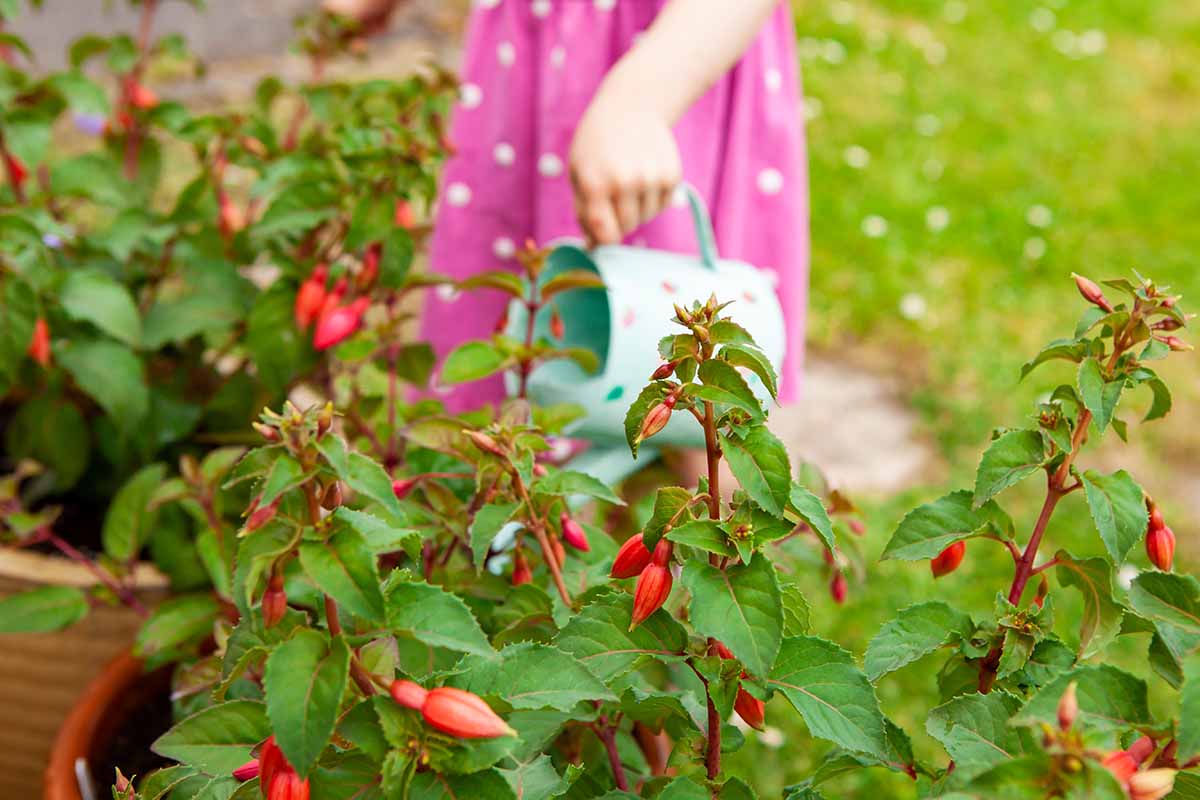
The soil needs to be consistently moist but not wet and soggy – you can’t allow it to dry out, but conversely, waterlogged conditions can cause leaf drop.
There are two simple ways to determine if the soil moisture is adequate.
The first is to use a soil moisture meter and aim to have the moisture reading right in the middle. The other method is to stick your finger in the soil and feel it. If it feels like a well-wrung-out sponge, it’s just right.
Don’t freak out if you accidentally overwater once or twice. Fuchsias can bounce back quickly if you make sure you aren’t overwatering constantly.
But over time, overwatering results in root rot because you’re essentially drowning the roots, which causes the leaves to turn yellow or brown and drop off the plant.
Learn more about how to water fuchsia in our guide.
3. Phytophthora Root Rot
Phytophthora root rot is caused by water molds (oomycetes) in the Phytophthora genus. In addition to premature leaf drop, it causes stunted, slowed growth and random branch death.
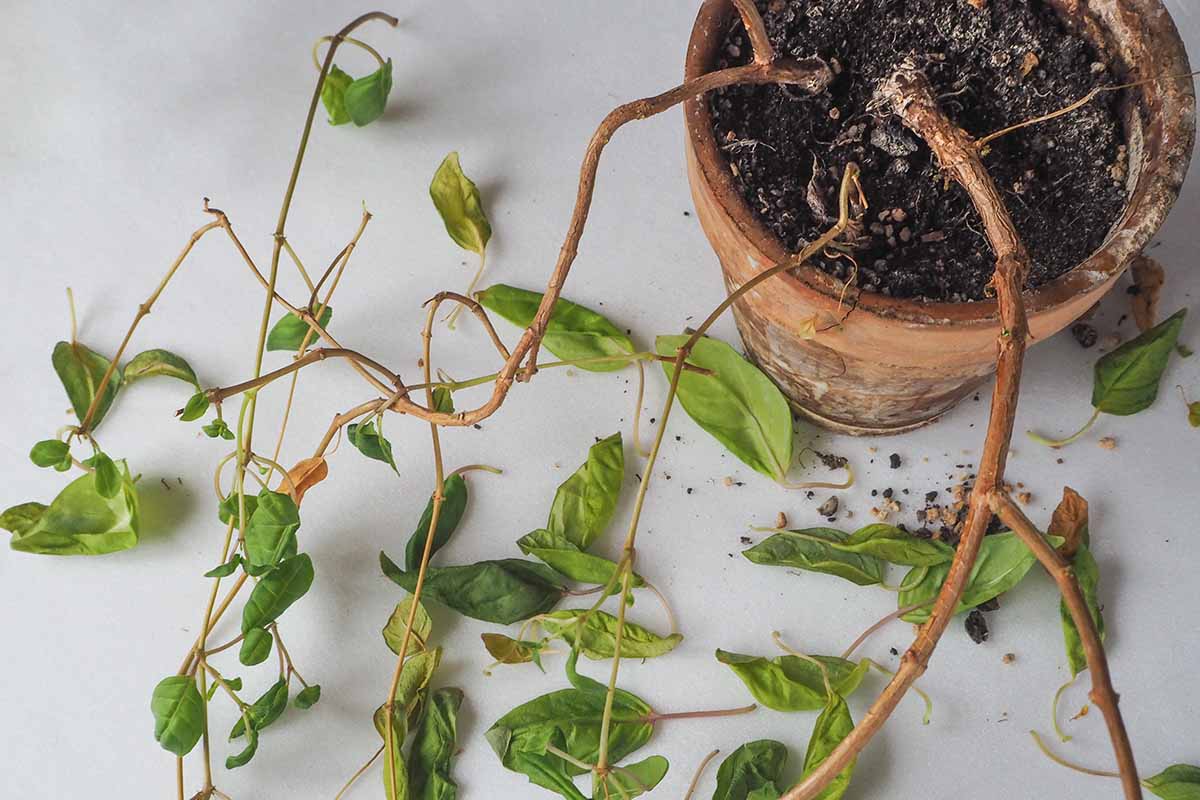
All this occurs as the result of the roots underground turning mushy, soft, and black thanks to the infection.
The causal pathogen needs lots of moisture to reproduce so it will come as no surprise that it commonly affects plants that are overwatered and thrives in extremely humid areas.
If the disease progresses too far, there’s no saving your fuchsia. But if you catch it before all of the roots have rotted, you can treat the plant by soaking the soil with copper fungicide once every three weeks.
I always keep copper fungicide on hand because it can be used to tackle a number of fungal issues.
Bonide Liquid Copper Fungicide
If you don’t already have some, visit Arbico Organics to pick up Bonide’s Liquid Copper Fungicide in 32-ounce ready to use, 16- or 32-ounce hose end sprays, or 16-ounce concentrate.
4. Root-Knot Nematodes
There are two pests that commonly cause leaf drop. One of these is root-knot nematodes and the other is spider mites, described below.
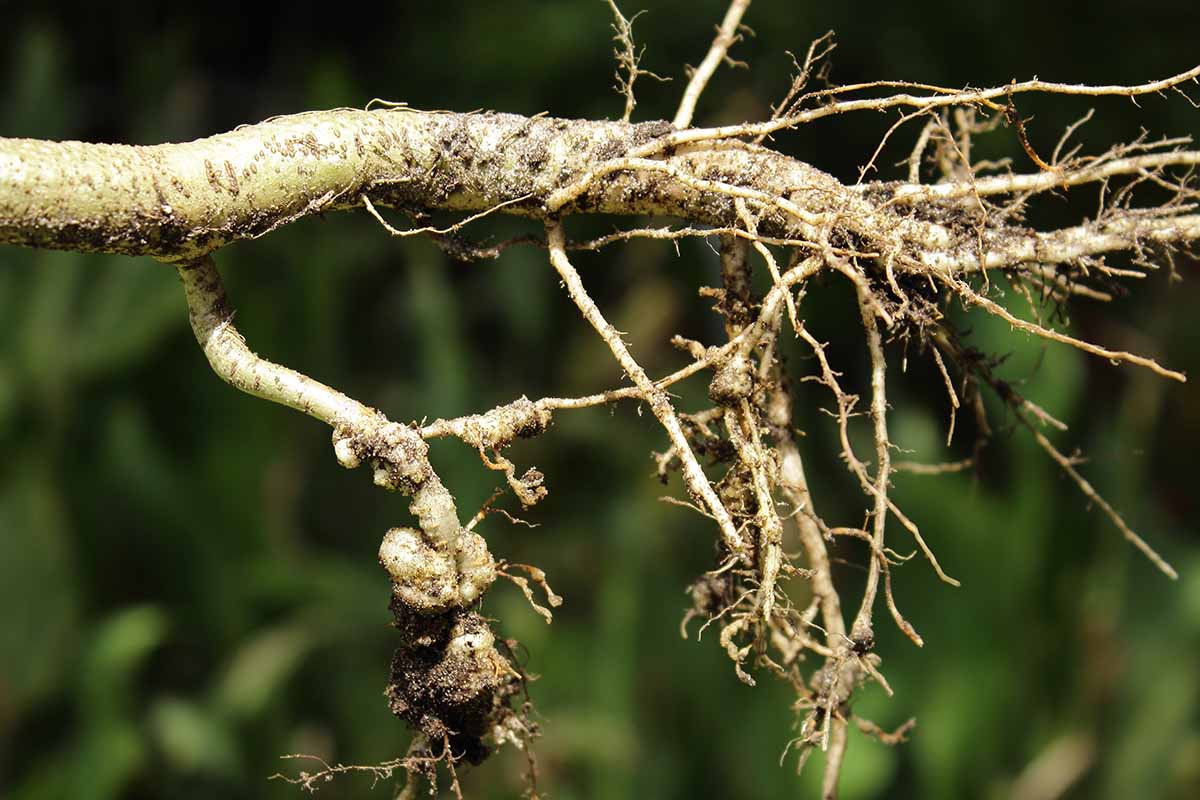
Root-knot nematodes are microscopic soilborne worms in the Meloidogyne genus, and they attack hundreds of species, including fuchsia.
There are actually numerous types of beneficial nematodes out there, but we’re talking about the bad kind that parasitizes our plants and causes all kinds of damage.
These little jerks enter the plant through the roots where they lay eggs, reproduce, feed on plant tissue, and generally wreak havoc. Even worse, you probably won’t know they’re around until your fuchsia starts looking downright pathetic.
Symptoms include leaf yellowing followed by drop, chlorosis, wilting, stunted growth, distorted growth, and some other pretty vague symptoms.
The only way to figure out what’s going on is to dig up the fuchsia and look at the roots. If the roots are suffering from root-knot nematodes, they’ll have knots, lumps, and bumps.
We have a guide to walk you through the process of identifying and dealing with root-knot nematodes if you suspect this is the problem.
5. Rust
Rust is a common and extremely destructive disease, caused by the fungus Pucciniastrum epilobii.
When the fungus infects the plant, you’ll see yellow, tan, or brown spots with tiny red or yellow fruiting bodies on the undersides of the leaves. Sometimes they start out as discolored yellowish-tan blotches without defined margins.
Once the foliage develops symptoms, the leaves will drop from the stems. At this point, the plant exhibits stunted growth and may even die.
This is the disease I battle most often in my garden. It seems like every single time I bring home a new fuchsia plant, it has rust. Even my established fuchsias come down with it now and then. So, I’ve gotten pretty darn good at dealing with it.
The most important part, in my experience, is to get ahead of the problem as quickly as possible.
Since I know it’s a regular problem in my area, where it’s cool and humid, I treat my fuchsia preventatively. Otherwise, watch for symptoms and be sure to take action the second you see any signs.
First, pull off any symptomatic leaves and clean up any that have fallen from the plant. Even if you have to prune off half of the stems, it’s worth it in the long run and the plant will bounce back.
Then, treat, treat, treat! I’m not always a fan of dousing my plants with products, but in this case, they work well, and you don’t have to resort to toxic chemicals.
Products that contain the beneficial bacteria Bacillus subtilis or B. amyloliquefaciens strain D747, or neem oil, sulfur, or copper fungicide are all appropriate for treating rust.
I alternate between two products, and I start my applications as soon as the leaves start budding out in the spring.
For my fuchsia plants, I start by applying copper fungicide in spring and then use B. subtilis a few weeks later – repeating this rotation over the course of two months.
Then, I apply copper fungicide once a month for the rest of the season.
If you don’t battle this disease as regularly as I do, apply your chosen product as soon as you see symptoms and continue every two weeks until new, symptom-free growth emerges.
6. Spider Mites
Spider mites are pretty easy to identify. They’re extremely small, eight-legged critters related to ticks, and while you might not spot the pests themselves, you will see fine webbing all over the fuchsia plant.
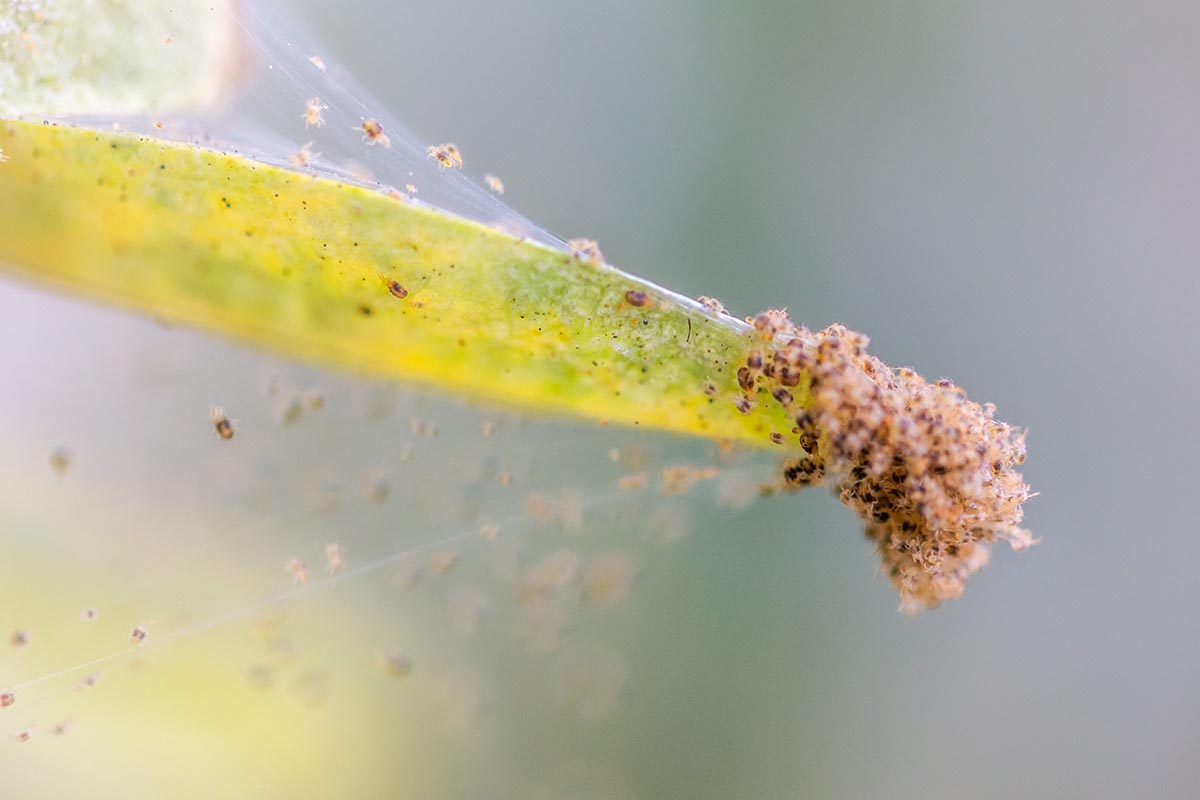
If you look closely, you might see the mites themselves or their exoskeletons littering the webbing.
Meanwhile, the fuchsia will display yellow stippling on the foliage and the leaves will look dry and sad before falling from the plant.
Learn more about spider mites and how to control them in our guide.
If you catch the problem early on, it’s often as easy as spraying the plant with a strong stream of water from the hose to knock them loose.
7. Underwatering
Fuchsia plants love moisture. They don’t do well at all when the soil is allowed to dry out.
When the roots become dry, the leaves will first droop and wilt, and then turn crisp brown or yellow and will fall like those off an oak tree in autumn. Except, unlike an oak tree, they won’t be coming back unless you fix the problem.
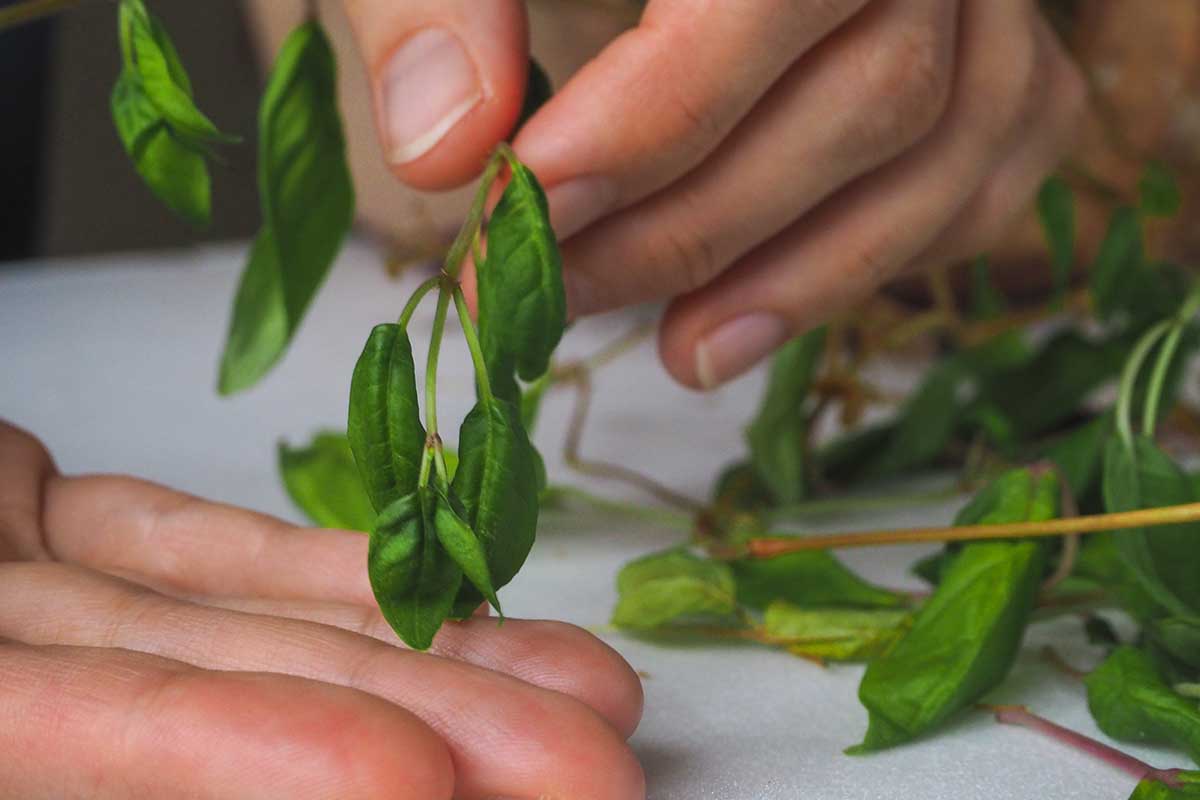
Be especially vigilant if you are growing tender fuchsias in containers, as they tend to dry out much more easily than those planted in the ground.
Specimens in hanging baskets might need to be irrigated twice a day during warm or dry periods.
Often, gardeners place their plants in an area with more shade than fuchsia prefers because they find the plant is repeatedly wilting.
However, the problem is usually caused by the soil drying out as opposed to too much sun. Fuchsia can tolerate a lot more sun than many gardeners realize.
Keep the soil moist at all times. It shouldn’t be dry, and it should be soggy. Make sure it feels like a well-wrung-out sponge.
Give Leaves a Chance
Sometimes a problem like leaf drop is a blessing in disguise. Many diseases or growing issues go unnoticed until it’s too late to do anything.
But that falling foliage is like the plant holding up a white flag and begging for help.
You instantly know that you need to take action to adjust your watering, kill those pests, or eliminate that disease.
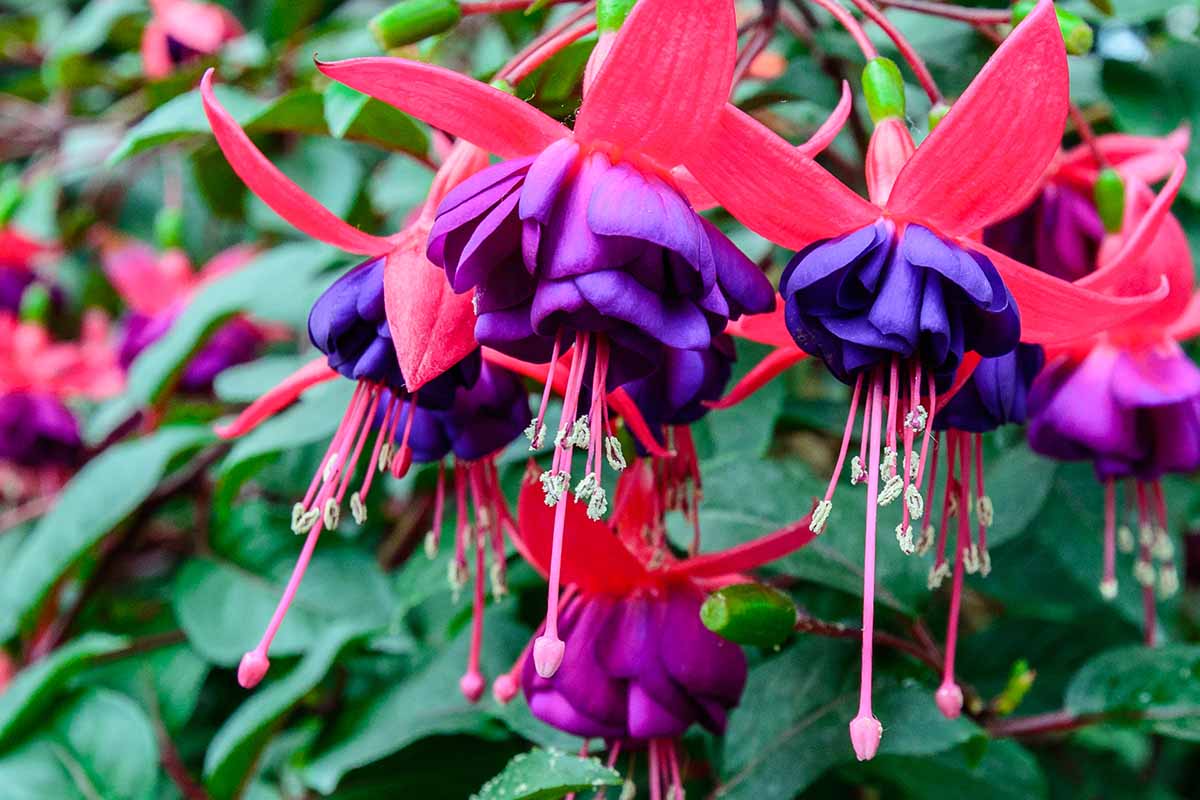
What symptoms are you seeing on your plant? Were you able to determine the cause? Let us know if you’re still struggling in the comments section below and we’ll do our best to help.
I think these plants are fascinating, in addition to being gloriously beautiful. If you agree and you’re interested in learning more about fuchsias, read these guides next:
